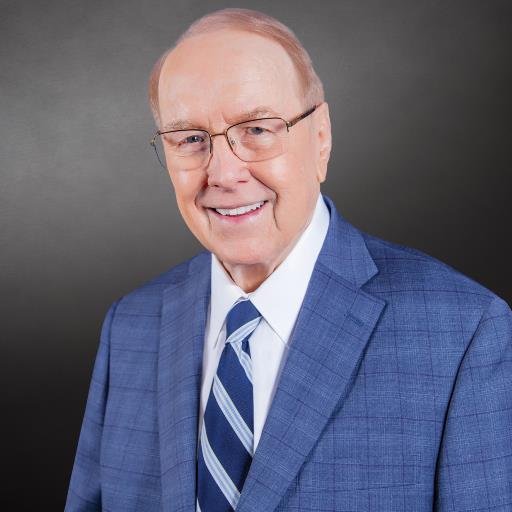I’m Third
from the Denver Post
Out of the sun, packed in a diamond formation and flying as one that day, the Minute Men dove at nearly the speed of sound toward a tiny emerald patch on Ohio’s unwrinkled crazy quilt below. It was a little after nine on the morning of June 7, 1958, and the destination of the Air National Guard’s jet precision team was the famed Wright‐Patterson Air Force Base, just outside Dayton.
On the ground, thousands of faces looked upward as Colonel Walt Williams, leader of the Denver‐based Sabrejet team, gauged a high‐speed pullout. For the Minute Men pilots—Colonel Williams, Captain Bob Cherry, Lieutenant Bob Odle, Captain John Ferrier, and Major Win Coomer—the maneuver was routine, for they had given their show hundreds of times before millions of people.
Low across the fresh, green grass the jet stream streaked, far ahead of the noise of the planes’ own screaming engines. Judging his pull‐up, Colonel Williams pressed the microphone button on top of his throttle: “Smoke on—now!” The diamond of planes pulled straight up into the turquoise sky, a bush tail of white smoke pluming out behind. The crowd gasped as the four ships suddenly split apart, rolling to the four points of the compass and leaving a beautiful, smoky fleur‐de‐lis inscribed on the heavens. This was the Minute Men’s famed “flower burst” maneuver. For a minute the crowd relaxed, gazing at the tranquil beauty of the huge, white flower that had grown from the lush Ohio grasslands to fill the great bowl of sky.
Out on the end of his stem of the flower, Colonel Williams turned his Sabre hard, cut off the smoke trail, and dropped the nose of his F86 to pick up speed for the low‐altitude crossover maneuver. Then, glancing back over his shoulder, he froze in terror. Far across the sky to the east, John Ferrier’s plane was rolling. He was in trouble. And his plane was headed right for the small town of Fairborn, on the edge of Patterson Field. In a moment, the lovely morning had turned to horror. Everyone saw; everyone understood. One of the planes was out of control.
Steering his jet in the direction of the crippled plane to race after it, Williams radioed urgently, “Bail out, John! Get out of there!” Ferrier still had plenty of time and room to eject safely. Twice more Williams issued the command: “Bail out, Johnny! Bail out!”
Each time, Williams was answered only by a blip of smoke.
He understood immediately. John Ferrier couldn’t reach the mike button on the throttle because both hands were tugging on a control stick locked in full‐throw right. But the smoke button was on the stick, so he was answering the only way he could—squeezing it to tell Walt he thought he could keep his plane under enough control to avoid crashing into the houses of Fairborn.
Suddenly, a terrible explosion shook the earth. Then came a haunting silence. Walt Williams continued to call through the radio, “Johnny? Are you there? Captain, answer me!”
No response.
Major Win Coomer, who had flown with Ferrier for years, both in the Air National Guard and with United Airlines, and who had served a combat tour with him in Korea, was the first Minute Man to land. He raced to the crash scene, hoping to find his friend alive.
Instead, he found a neighborhood in shock from the awful thing that had happened. Captain John T. Ferrier’s Sabrejet had hit the ground midway between four houses, in a backyard garden. It was the only place where he could have crashed without killing people. The explosion had knocked a woman and several children to the ground, but no one had been hurt, with the exception of Johnny Ferrier. He had been killed instantly.
A steady stream of people began coming to Coomer as he stood in his flying suit beside the smoking, gaping hole in the ground where his best friend had just died.
“A bunch of us were standing together, watching the show,” an elderly man with tears in his eyes told Coomer. “When the pilot started to roll, he was headed straight for us. For a second, we looked right at each other. Then he pulled up right over us and put it in there.”
In deep humility, the old man whispered, “This man died for us.”
LOOKING AHEAD. . .
A few days after this tragic accident, John Ferrier’s wife, Tulle, found a worn card in his billfold. On it were the words “I’m Third.” That simple phrase exemplified the life—and death—of this courageous man. For him, God came first, others second, and himself third.
True to his philosophy, John Ferrier sacrificed his life for people he had never met. If you ever found yourself in a similar situation, would you do the same? In the coming week we’re going to ask how one develops the attitude of a servant.
- James C. Dobson
• “I’m Third,” retold by James Lund. This story originally appeared in the Denver Post in the late 1950s.
Listen to today's broadcast of Dr. James Dobson's Family Talk at OnePlace.com. For more from Dr. Dobson, visit the resource center at drjamesdobson.org.
This devotional is taken from Night Light for Couples. Copyright © 2000 by James Dobson, Inc. All rights reserved. Used with permission.







